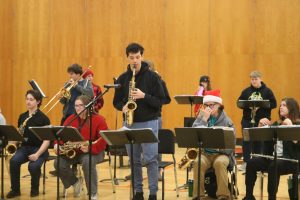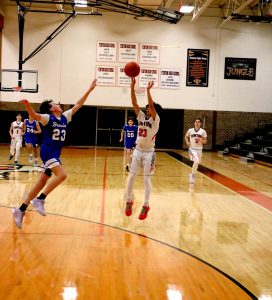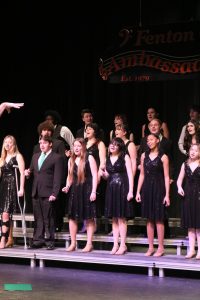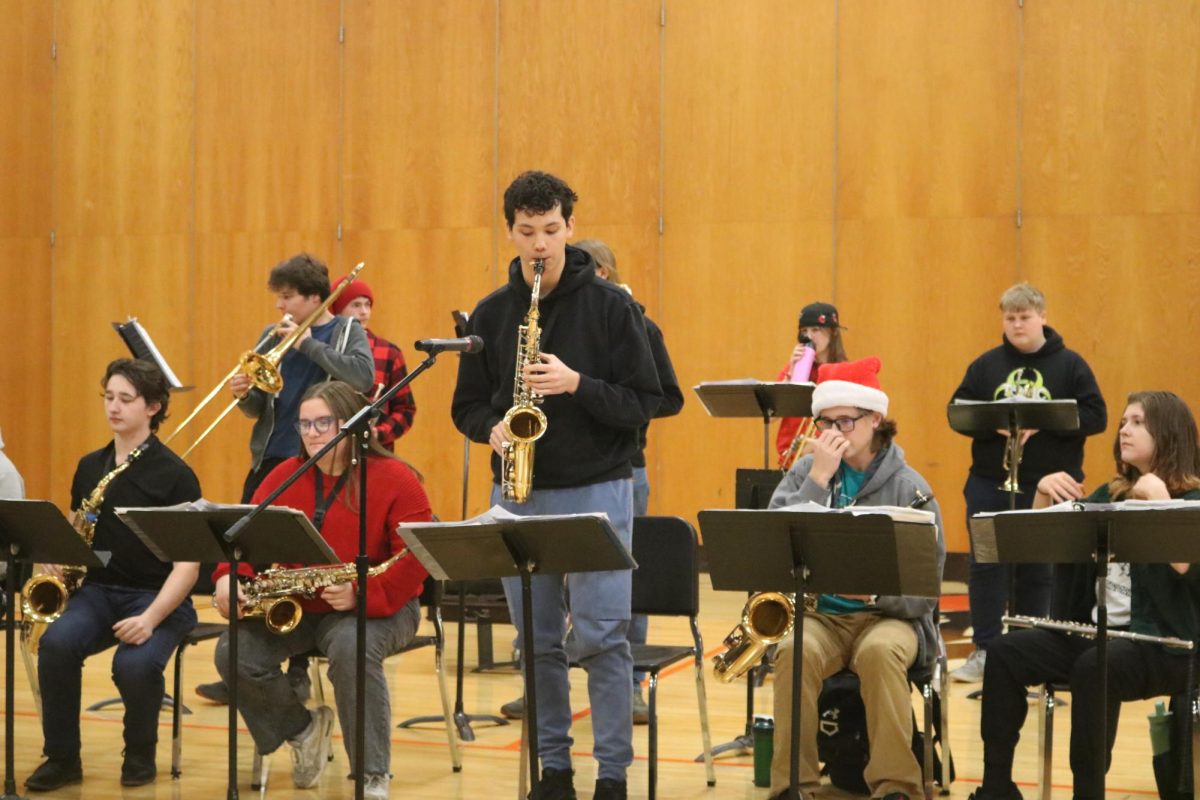Fenton citizens participate in the Sister Marches located in Michigan
January 22, 2017
Women’s March on Washington Mission Statement
We stand together in solidarity with our partners and children for the protection of our rights, our safety, our health, and our families – recognizing that our vibrant and diverse communities are the strength of our country.
The Women’s March on Washington has inspired 411 other cities in the United States to hold Sister marches. Of that, fifteen Michigan cities participated. Young activists from Fenton travelled to Ann Arbor and Lansing to voice their opinions on some of the things that President Donald Trump has said throughout the recent election.

Women’s March on Washington, Ann Arbor’s Sister March: A woman holds a Gay Pride flag high above the crowd.
“To advocate for the rights of women, LGBTQ people, immigrants, disabled people and people of color, I went to the march in Ann Arbor,” junior Cassie Menzies said. “Personally, this meant fighting back against some of the hateful rhetoric our new president has said, especially me being a gay woman myself.”
The political protests that took place were peaceful and held the purpose of informing the public. Marchers made signs and t-shirts that shared their stances on certain issues they were there to voice.
“It was all peaceful there, it felt very warm and welcoming,” Menzies said. “I felt safe and everyone was so nice. Specifically, people were complimenting my groups signs and shirts we had. In general, it was welcoming how everyone was smiling and talking about being inclusive to every human being.”
Fenton alumni Kelsie Lane attended the Women’s March in Lansing, Michigan. After graduating from FHS last year, she enrolled in Michigan State University where she has met people with similar political stances to her own.
“I went with some other MSU students,” Lane said. “We went so we could stand with women everywhere who are being affected by the anticipated changes in government, even if we couldn’t be marching in Washington.”
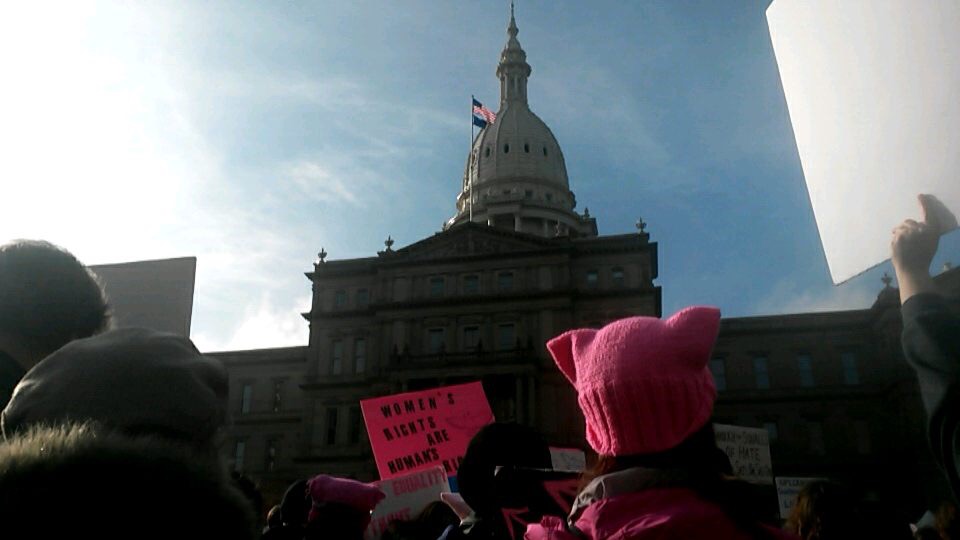
Women’s March on Washington, Lansing’s Sister March: Neon pink sign reads, ‘Women’s Rights are Human Rights’ to display a protesters concerns about the anticipated legislative changes under President Donald Trump’s government.
In Lansing, the protesters did not physically march due to the registration of the event in the city near the Capitol Building.
“We couldn’t do a proper march,” Lane said. “The Women’s March is supposed to be peaceful, nonviolent protest so we had to follow the city guidelines. So instead, there were a lot of speakers who held legislative positions, local activists and members of organizations for women. We were at the capitol building for a couple of hours rallying and listening to the speaker.”
Other students travelled to the Sister Marches but were not comfortable with sharing their attendance of the Sister March. The Women’s March on Washington has shared a video on YouTube about why the event was created.
See why others marched by searching the hashtag #WhyIMarch on Twitter.



